
Code: 08250610
Investigation into Nanocomposites for Applications in Lightning Strike Protection
by Bronwyn L Oliver
Aircraft manufacturers are currently looking to use composite materials for aircraft wing skins. Nonconductive composite materials offer little protection against lightning strikes. Conductive nanocomposites are being developed fo ... more
- Language:
 English
English - Binding: Paperback
- Number of pages: 136
Publisher: Biblioscholar, 2012
- More about this

You might also like
Give this book as a present today
- Order book and choose Gift Order.
- We will send you book gift voucher at once. You can give it out to anyone.
- Book will be send to donee, nothing more to care about.
More about Investigation into Nanocomposites for Applications in Lightning Strike Protection
You get 150 loyalty points
 Book synopsis
Book synopsis
Aircraft manufacturers are currently looking to use composite materials for aircraft wing skins. Nonconductive composite materials offer little protection against lightning strikes. Conductive nanocomposites are being developed for lightning strike protection. This thesis explores a variety of composites including nickel coated carbon fabric (NiCCF) alone as lightning strike protection and with additional protection systems: nickel-nanostrand veil (NiNS), aligned buckypaper (ABP), non-aligned or random buckypaper (RBP), and a mixed buckypaper (MBP) made up of vapor grown carbon fibers (VGCF) and single walled nanotubes (SWNT). Each of the systems are tested under monotonic compression for ultimate compressive strength as well as compressive fatigue loading conditions before and after a simulated lightning strike. Their behaviors are compared to determine which system provides the best lightning strike protection. Overall results of testing conclude that RBP lends a 20% increase in effectiveness to lightning strike protection over the NiCCF only. NINS decreases effectiveness of lightning strike protection by 20%. Other systems tested showed effectiveness between these two cases. The most common failure in specimens after strike is delamination along the longitudinal fibers of the NiCCF and is thus deemed the weakest point of all systems which should be mitigated in future systems to improve effectiveness.
 Book details
Book details
Book category Books in English Society & social sciences Education
59.77 €
- Full title: Investigation into Nanocomposites for Applications in Lightning Strike Protection
- Author: Bronwyn L Oliver
- Language:
 English
English - Binding: Paperback
- Number of pages: 136
- EAN: 9781288409730
- ISBN: 9781288409730
- ID: 08250610
- Publisher: Biblioscholar
- Weight: 254 g
- Dimensions: 246 × 189 × 7 mm
- Date of publishing: 06. December 2012
Trending among others
-
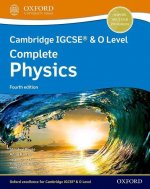
Cambridge IGCSE (R) & O Level Complete Physics: Student Book Fourth Edition
41.55 € -
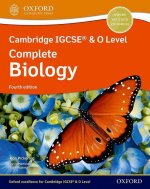
Cambridge IGCSE (R) & O Level Complete Biology: Student Book Fourth Edition
39.24 € -

Cambridge IGCSE (R) & O Level Complete Chemistry: Student Book Fourth Edition
50.91 € -

Oxford IB Diploma Programme: IB Economics Course Book
62.28 € -
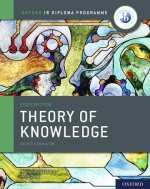
Oxford IB Diploma Programme: IB Theory of Knowledge Course Book
57.96 € -

Oxford International Primary Science Second Edition: Workbook 4
14.98 € -

Oxford IB Study Guides: Economics for the IB Diploma
47.69 € -

Business Partner B1 Workbook
17.70 € -7 % -

CompTIA Security+ Review Guide - Exam SY0-601
24.75 € -24 % -

Business Partner B2 Workbook
16.90 € -3 % -

AQA GCSE German Foundation Practice Papers
15.29 € -
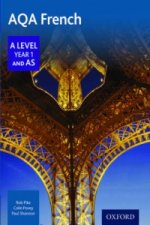
AQA French A Level Year 1 and AS
50.31 € -

Cambridge IGCSE (R) & O Level Complete Biology: Print and Enhanced Online Student Book Pack Fourth Edition
61.08 € -

geog.2 Workbook
11.46 € -6 % -

Teach Reading With Orton-gillingham
18.81 € -10 % -

KS3 Maths 10-Minute Weekly Workouts - Year 7
8.04 € -8 % -
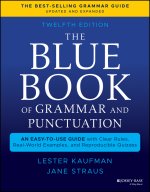
Blue Book of Grammar and Punctuation: An Easy- to-Use Guide with Clear Rules, Real-World Examples , and Reproducible Quizzes, Twelfth Edition
15.09 € -28 % -

Business Partner B1+ Workbook
16.90 € -3 % -

Powerful Teaching: Unleash the Science of Learning
26.16 € -26 % -

Embodied Teen
21.63 € -16 % -

(ISC) SSCP SG & SSCP Practice Test Kit, 3e
65.10 € -27 % -

Growth Mindset Classroom-ready Resource Book
16.19 € -28 % -

AQA A Level Biology Revision Guide
25.55 € -5 % -

UKCAT For Dummies
23.14 € -28 % -

Oxford International Primary Maths Second Edition: Practice Book 1
12.17 € -

Oxford International Primary Science Second Edition: Student Book 1
26.76 € -

Donny's Unauthorized Technical Guide to Harley Davidson 1936 to Present
47.89 € -16 % -

OET Speaking for Nurses Book 2
11.56 € -2 % -
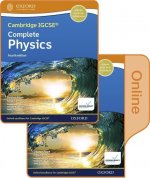
Cambridge IGCSE (R) & O Level Complete Physics: Print and Enhanced Online Student Book Pack Fourth Edition
62.89 € -

Oxford International Primary Maths Second Edition: Practice Book 2
12.17 € -

Edexcel International GCSE Chemistry Student Book Second Edition
31.59 € -14 % -

OET Speaking For Nurses Book 1
12.87 € -

Walk Your Talk; Tools and Theories To Share Nonviolent Communication
29.28 € -

Oxford International Primary Maths Second Edition: Practice Book 3
13.58 € -

Social Skills Activities for Secondary Students wi th Special Needs, Third Edition
26.36 € -21 % -

geog.1 5th edition Workbook Answer Book
56.15 € -

New KS2 English Year 5 Foundation Grammar, Punctuation & Spelling Targeted Question Book w/Answers
8.95 € -5 % -

Making Escape Rooms for Educational Purposes
18.91 € -
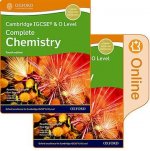
Cambridge IGCSE (R) & O Level Complete Chemistry: Print and Enhanced Online Student Book Pack Fourth Edition
62.89 € -

New KS2 English Year 4 Foundation Grammar, Punctuation & Spelling Targeted Question Book w/Answers
8.95 € -5 % -

240 Vocabulary Words Kids Need to Know: Grade 3
11.36 € -19 % -

Education in the New Age
12.87 € -
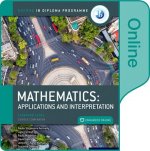
Oxford IB Diploma Programme: Oxford IB Diploma Programme: IB Mathematics: applications and interpretation Standard Level Enhanced Online Course Book
94.99 € -

Oxford International Primary Maths Second Edition: Practice Book 5
16.09 € -

OET Preparation
9.65 € -

Speed and Accuracy: Multiplication
8.64 € -
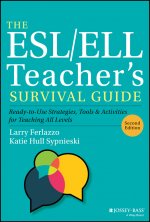
ESL/ELL Teacher's Survival Guide: Ready-to-Use Strategies, Tools, and Activities for Teaching En glish Language Learners of All Levels, 2nd Edition
29.68 € -21 % -

KS3 Maths 10-Minute Weekly Workouts - Year 8
8.04 € -8 % -

Speed and Accuracy: Division
8.64 €
Collection points Bratislava a 2642 dalších
Copyright ©2008-24 najlacnejsie-knihy.sk All rights reservedPrivacyCookies



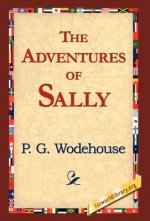


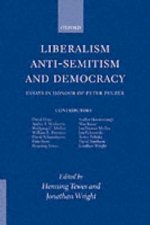
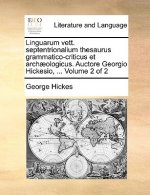
 15549 collection points
15549 collection points Delivery 2.99 €
Delivery 2.99 € 02/210 210 99 (8-15.30h)
02/210 210 99 (8-15.30h)